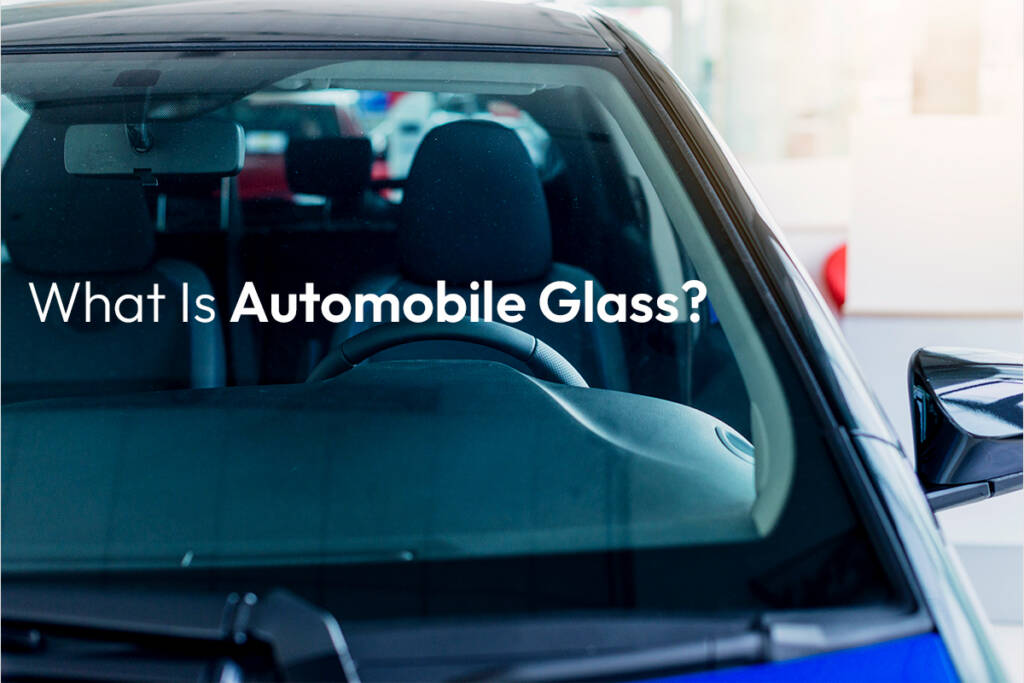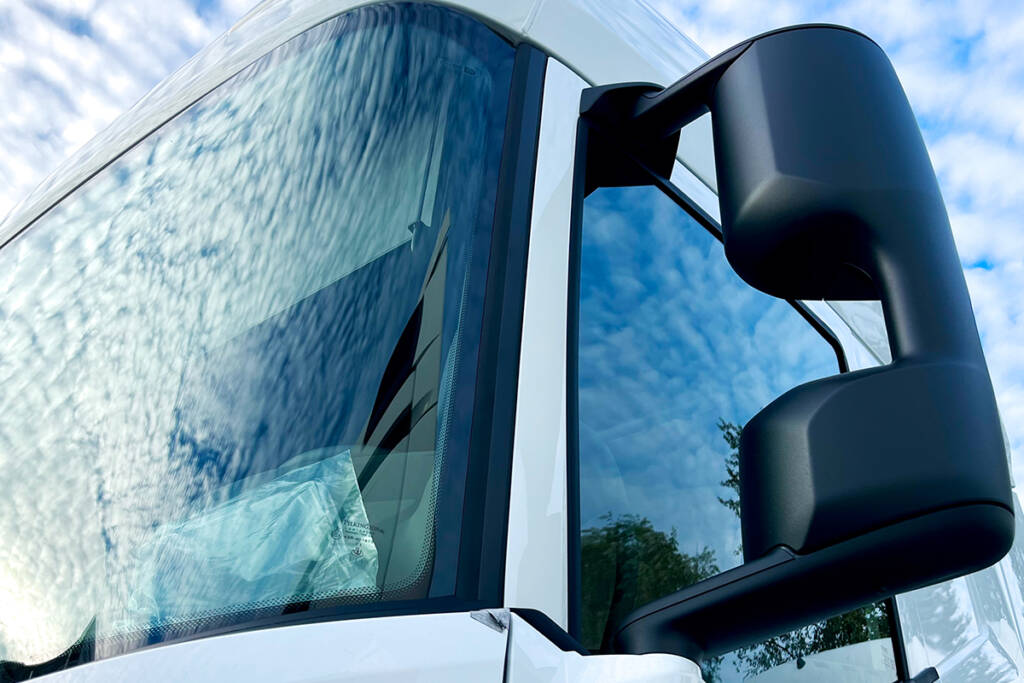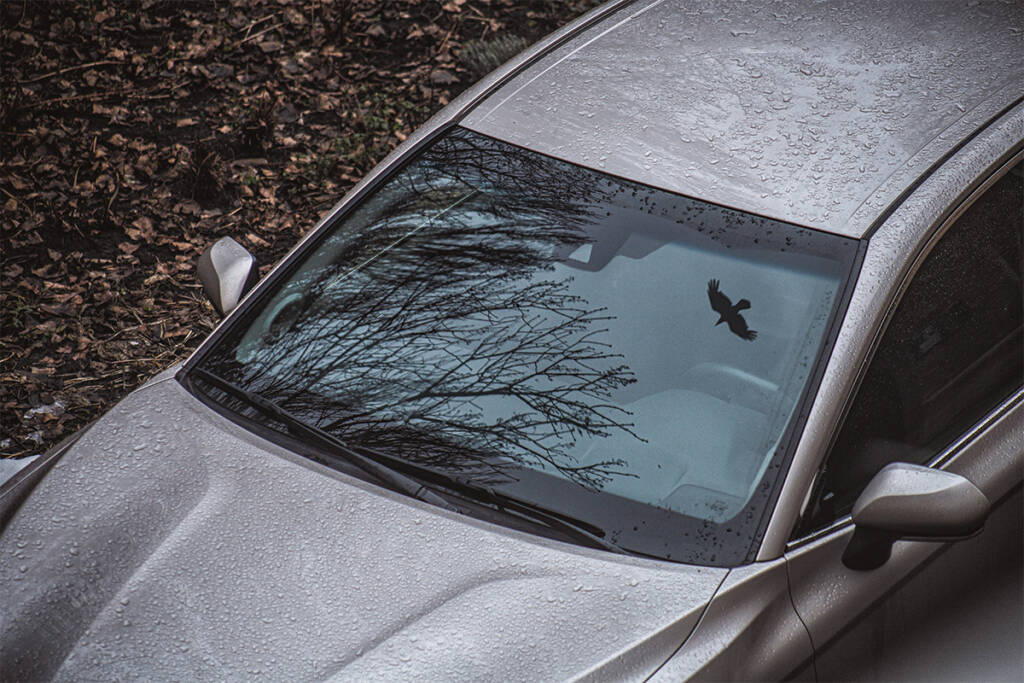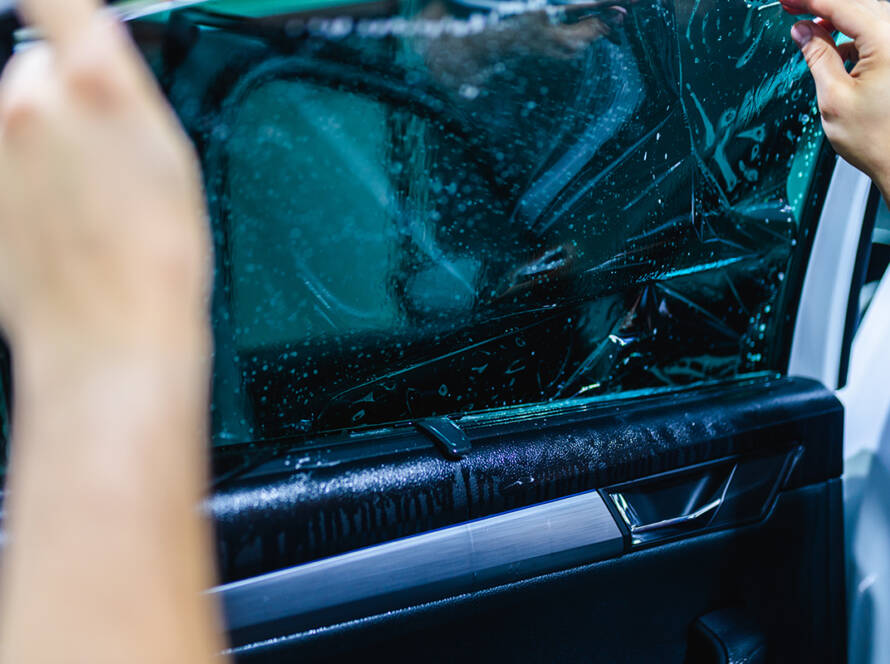Glass in an automobile can appear not so important, but it’s arguably one of the most intricate parts of the vehicle. Automobile glass has come to be more than just a transparent barrier in the present-day changing mobility setting. As of late, it is essential to smart automotive technology, energy efficiency, and safety. The functionality of automotive glass is vital, assuming you’re seeing through your vehicle window glass on a sunny day or depending on your windshield sensors in the rain, thanks to one important element: glass.
The types, traits, and the most recent advances of auto glass are examined in this article, coupled with how TPRS Glass continues to impact the automotive industry’s prospects
What Is Automobile Glass?

Automobile glass is an umbrella term for specially designed glass used in vehicles, which include windshields, backlights, and window glass. Automotive glass, unlike conventional glass, has been developed to withstand impacts, extremes in temperature, and elevated pressures, all while sustaining safety and quality.
In addition to boosting visibility and appearance, auto glass shields passengers from UV rays, wind, and debris. Sensors and display systems are being more frequently embedded into vehicle window glass owing to advancements in ADAS (Advanced Driver Assistance Systems).
Types of Auto Glass in Modern Vehicles
The current generation of automobiles comprises several distinct types of automotive glass, each with its unique function:
- The windshield: In a bid to prevent shattering upon collision, the windshield is made of laminated automotive glass. Its interlayer, which keeps the glass together, is of vital importance for safety as well as the integration of cameras and HUDs.
- Side Window Glass: For safety, side windows are often composed of tempered auto glass, a kind of vehicle window glass that breaks into blunt pieces. In a dire situation, it snaps easily and has no difficulty to swap out.
- Rear Vehicle Window Glass: Similar to side glass, rear window glass is tempered, although it frequently contains incorporated components like antennas or defrost cords. Automotive glass of this kind is critical for sight, durability, and functionality.
Key Properties of Automotive Glass

Each of the automobile glass variants has its particular functionality. Here are some key qualities that define high-quality auto glass:
- Strength: All vehicle window glass must be able to endure stress and impact without losing visibility.
- Clarity: Safety requires views free of distortion, particularly for window glass and windshield systems.
- UV and Thermal Control: Automotive glass frequently has coatings that reduce UV rays and reflect heat.
- Sound Insulation: External noise is reduced by laminated auto glass, improving ride comfort.
Laminated vs. Tempered Auto Glass
Laminated Automotive Glass
- Structure: Made of two layers of glass with a plastic interlayer (usually polyvinyl butyral) sandwiched between them.
- Safety: It may break when struck, but it usually maintains its shape.
- Use Case: Mainly deployed on windshields to guarantee driver safety and unobstructed vision.
- Bonus Feature: Helps passenger comfort by providing UV protection and lowering outside noise.
Tempered Vehicle Window Glass
- Structure: A single pane of glass that has been under heat treatment to increase its strength.
- Safety: There is less chance of harm because it breaks into little, blunt pieces.
- Use Case: Frequently used for rear and side windows.
- Bonus Feature: Well-known for being robust and reasonably priced, it’s perfect for high-impact locations.
In modern auto glass design, each type is paramount in guaranteeing comfort, functionality, and safety.
Latest developments in the Auto Glass Industry
With the demands placed on modern vehicles, automotive glass continues to play a more and more significant part. Let’s examine some new developments in window glass and related fields:
- Window Glass in Smart: Privacy glass that is electrochromic and switchable can be tinted electronically, providing style and comfort. This kind of automobile glass adjusts to the light exposure and user preferences.
- Auto Glass with Solar Control: The concept lowers cabin heat by reflecting UV and infrared radiation. It improves the energy efficiency of vehicle window glass, which is critical to electric vehicles.
- Sensor-Enabled and Heated Glass: Auto glass has grown smarter and safer thanks to its ability to defog itself and enable sensors.
- Compatibility with Heads-Up Displays: The windshield becomes a tool for interaction when the newest automotive glass is optically adjusted to accommodate HUDs.
The Role of Glass Processors in the Automobile Glass Supply Chain
Vehicle window glass doesn’t start and end at the manufacturer. Glass processors like TPRS Glass are instrumental in molding raw glass into precise, safety-tested components for OEMs and Tier 1 suppliers.
An expert processor makes certain that all auto glass meets safety and regulatory norms. Cuts, tempers, and laminates automobile glass; adds smart coatings and embedded technologies; customizes window glass to match design specifications; and the list goes on without compromising quality. Innovation in automotive glass would come to a halt in the absence of competent processors.
TPRS Glass: Molding the Coming Era of Automotive Glass

At TPRS Glass, we blend innovation with expertise to deliver next-gen automotive glass solutions. We supply services to numerous automobile industries, including custom auto glass for connected and electric vehicles, advanced features on laminated and tempered window glass, eco-friendly production techniques for environmentally responsible mobility solutions, and much more. Our pledge to quality, dependability, and future readiness is the foundation of our contribution to the glass industry.
As vehicles advance, so does automobile glass. Present-day auto glass is more sophisticated than ever, with features including smart functionality, safety, and comfort. Each window glass panel is now a smart surface that is crucial to the driving experience, safeguarding, and adaptation. Additionally, reliable partners like TPRS Glass will continue to be at the forefront of innovation and accuracy as the demands on automotive glass increase. Auto glass is revolutionizing mobility by offering connectivity, blending heads-up displays, and enabling thermal control. The next generation of driving will be greatly influenced by innovative approaches by competent processors as automation and sustainability advance to render each commute safer, more cognizant, and more effective.
Let’s dive deeper; check this out to learn more: How Automotive Glass Is Your Vehicle’s Unsung Hero
External source [Wikipedia]





